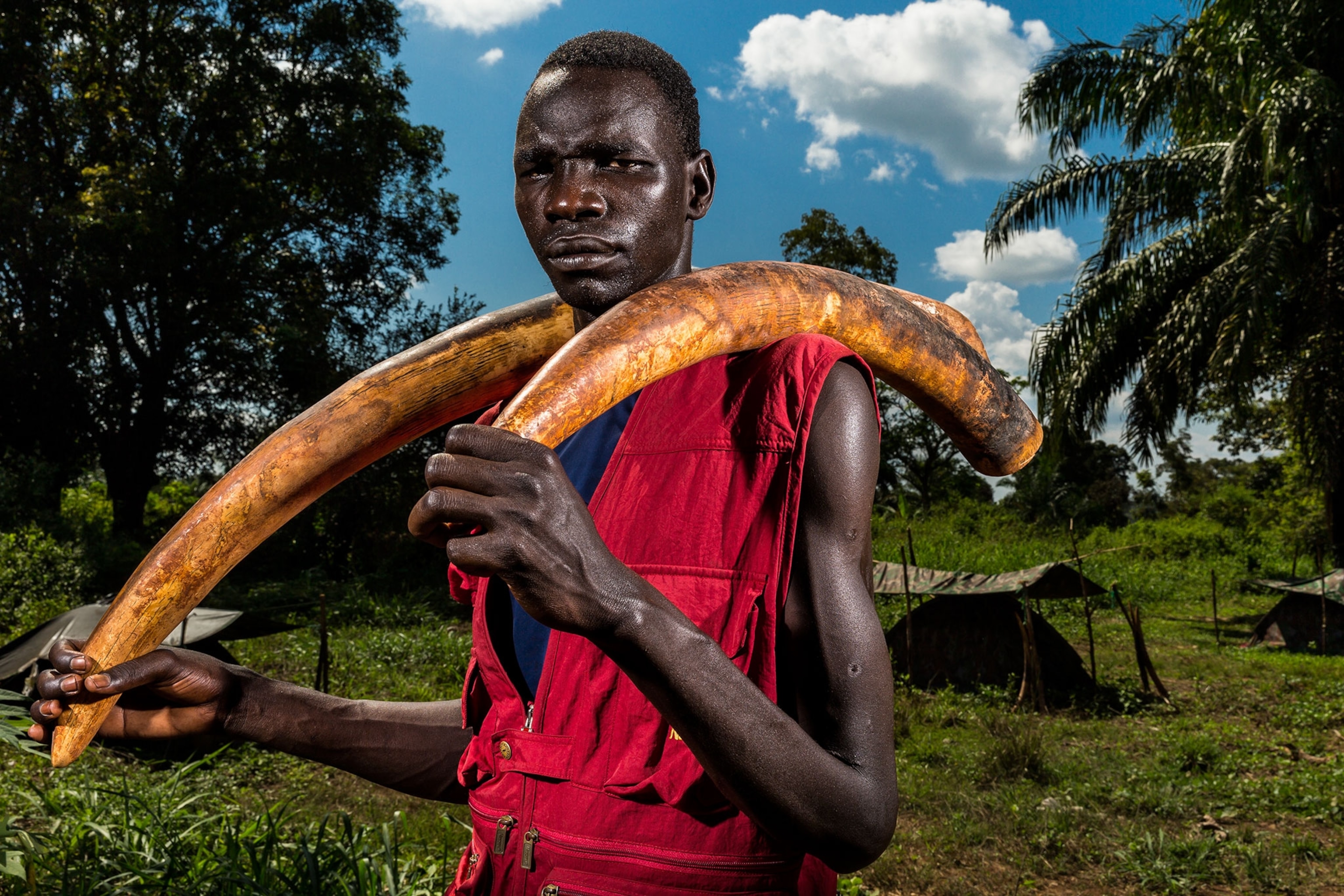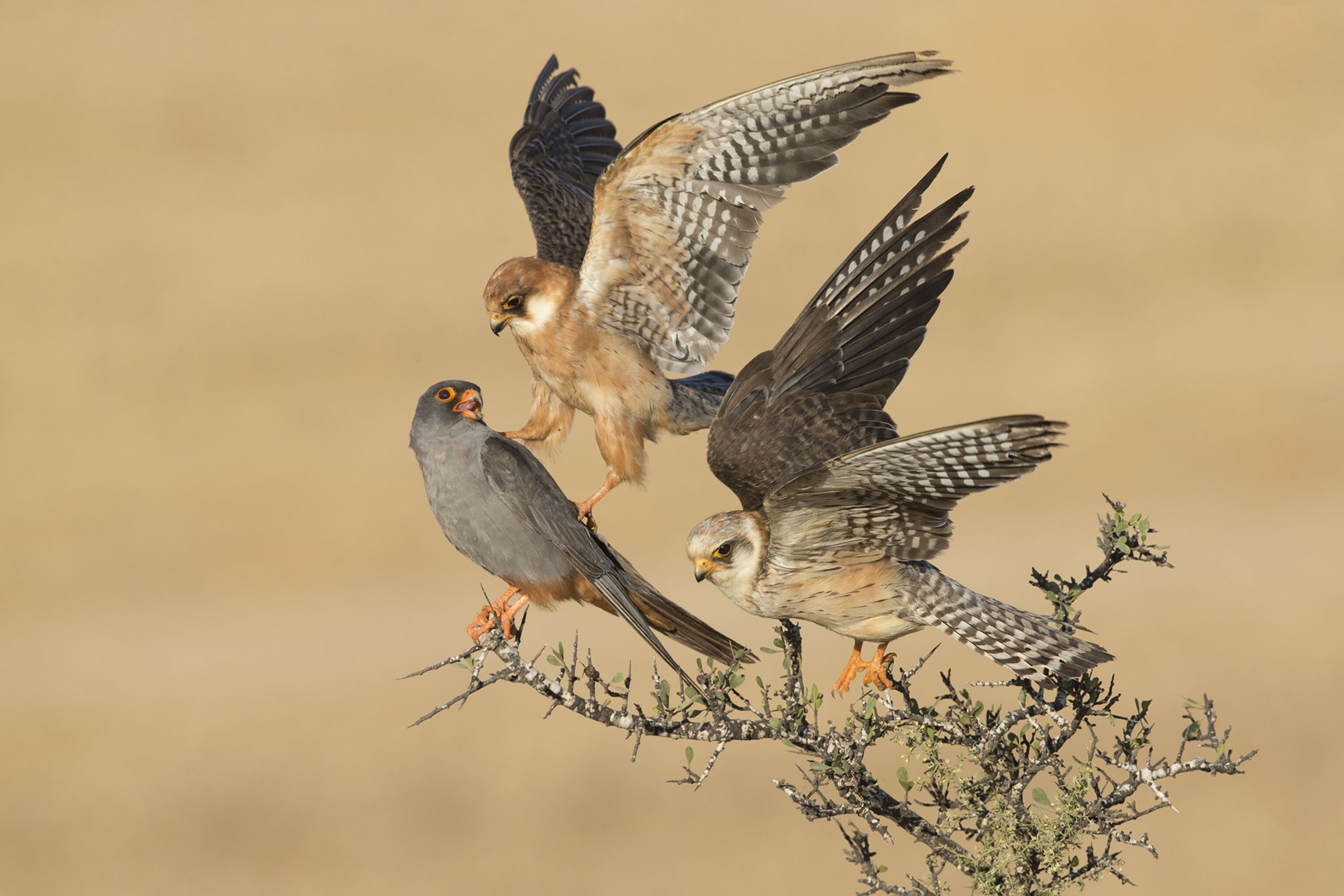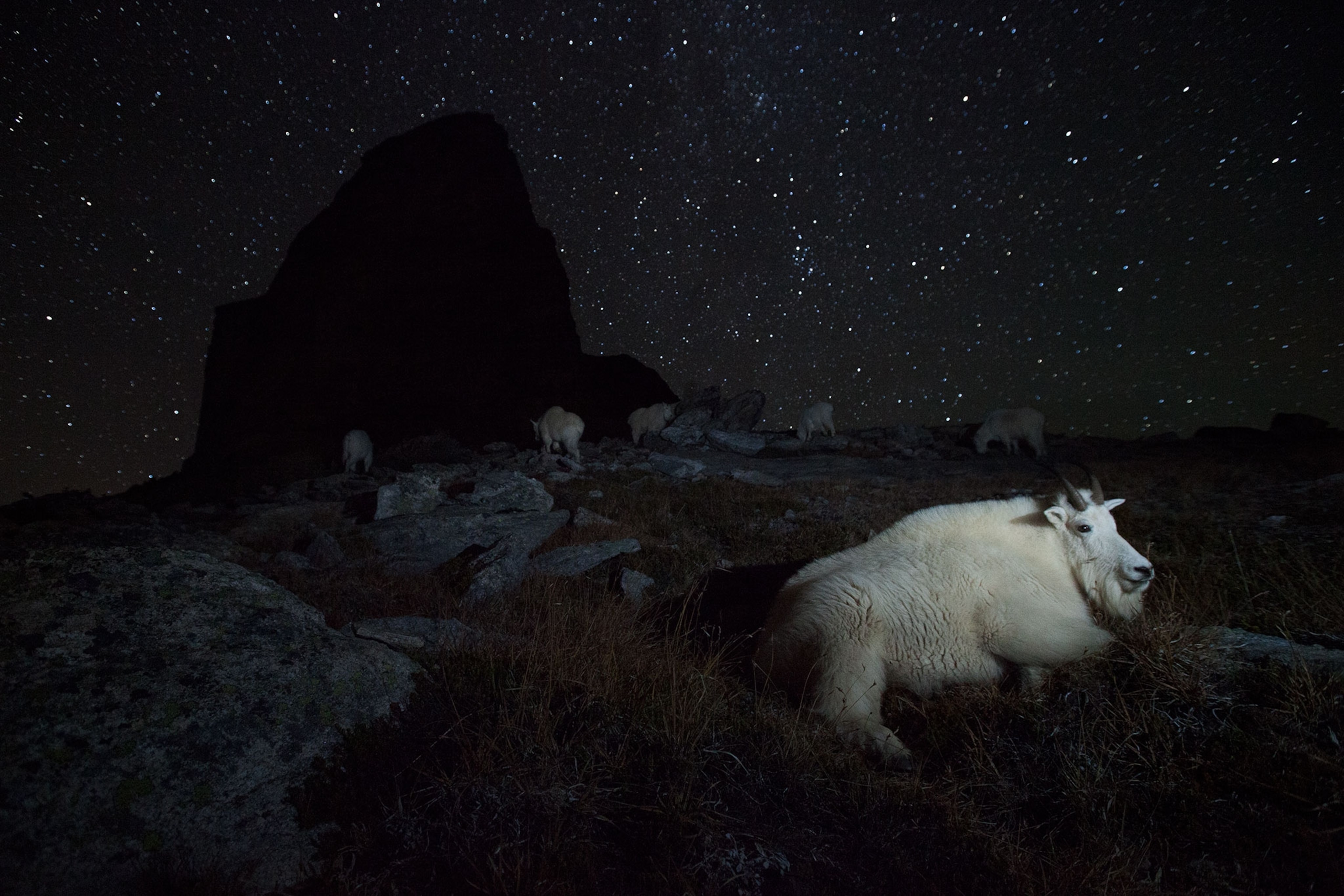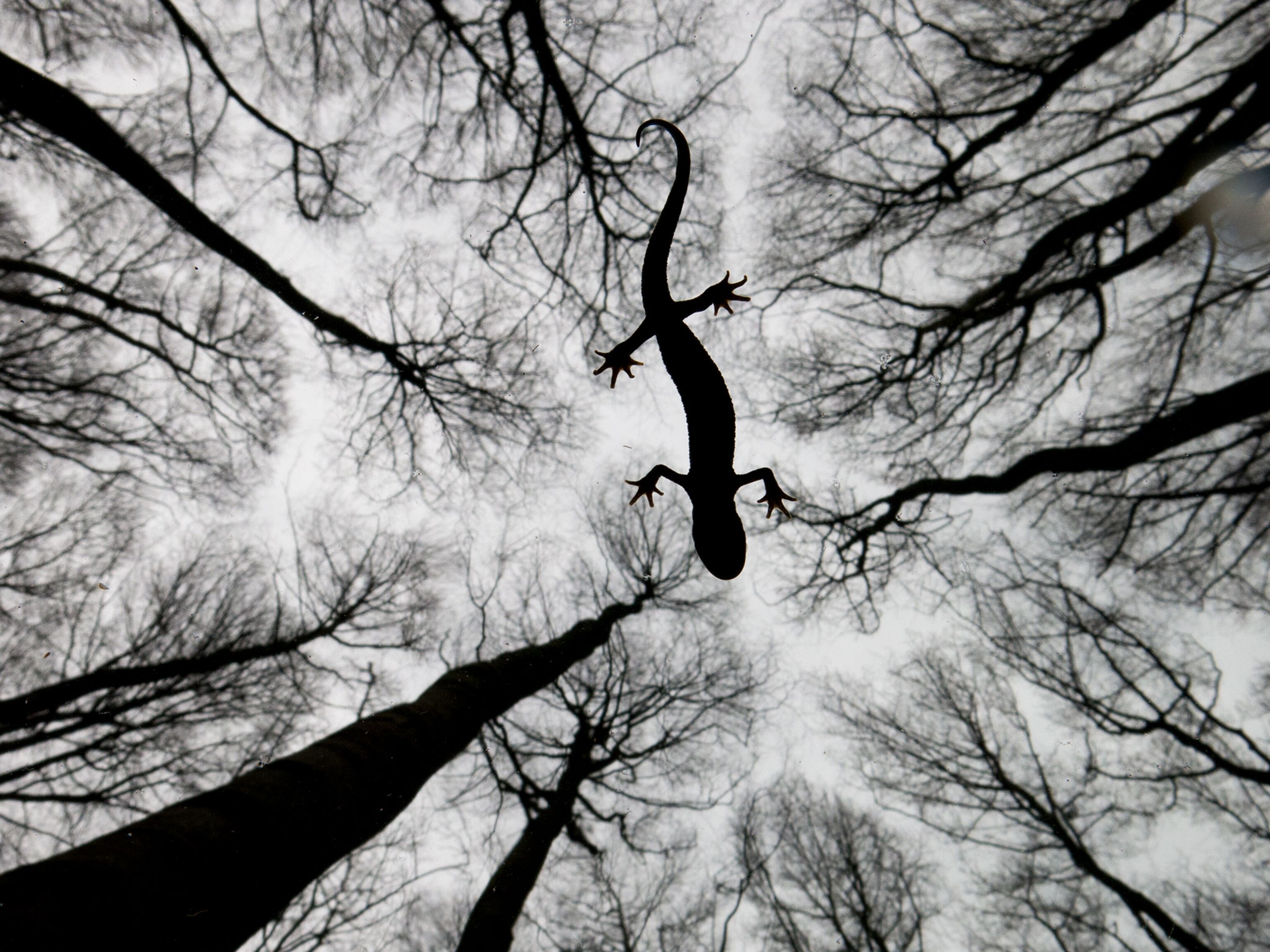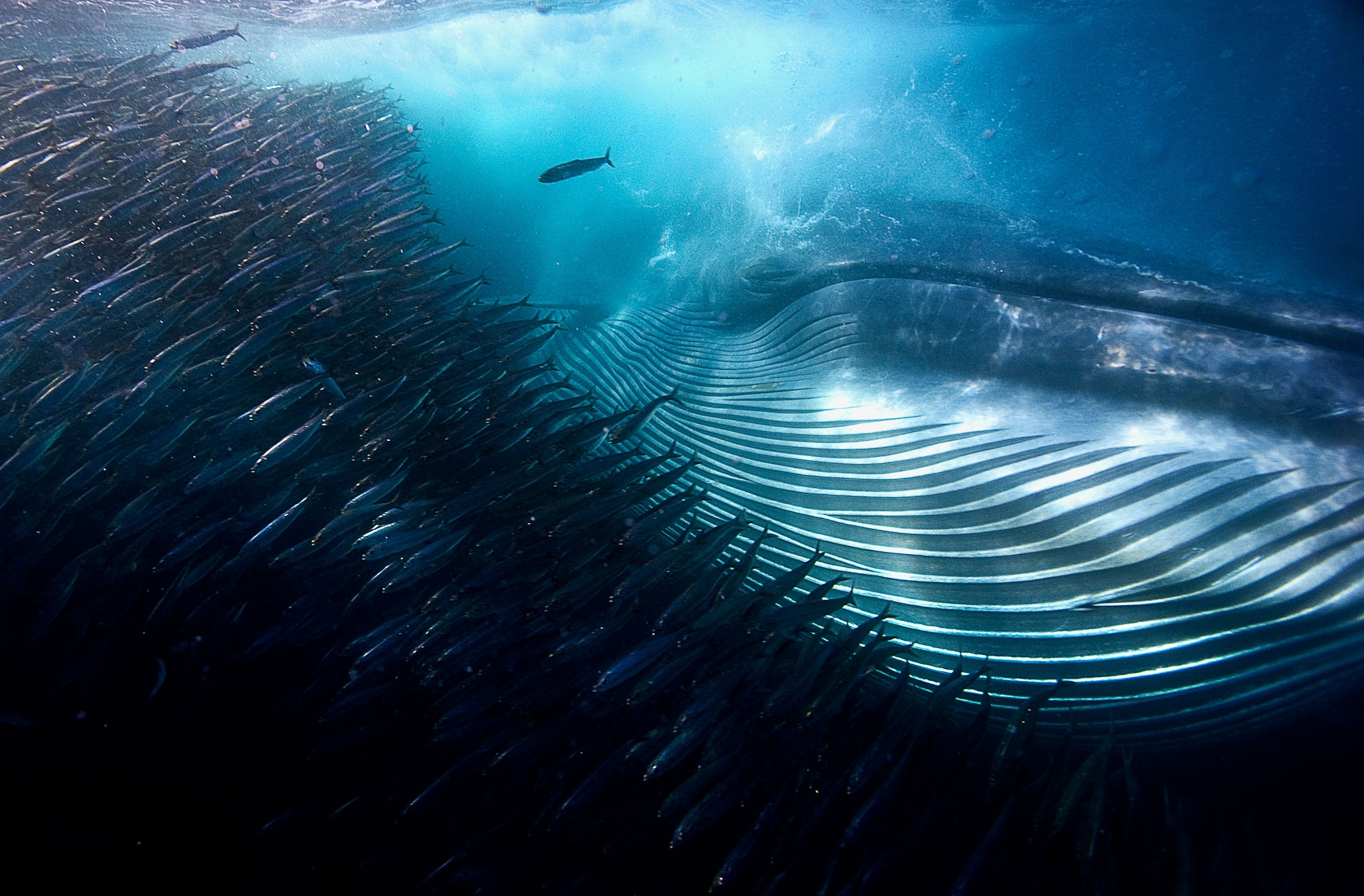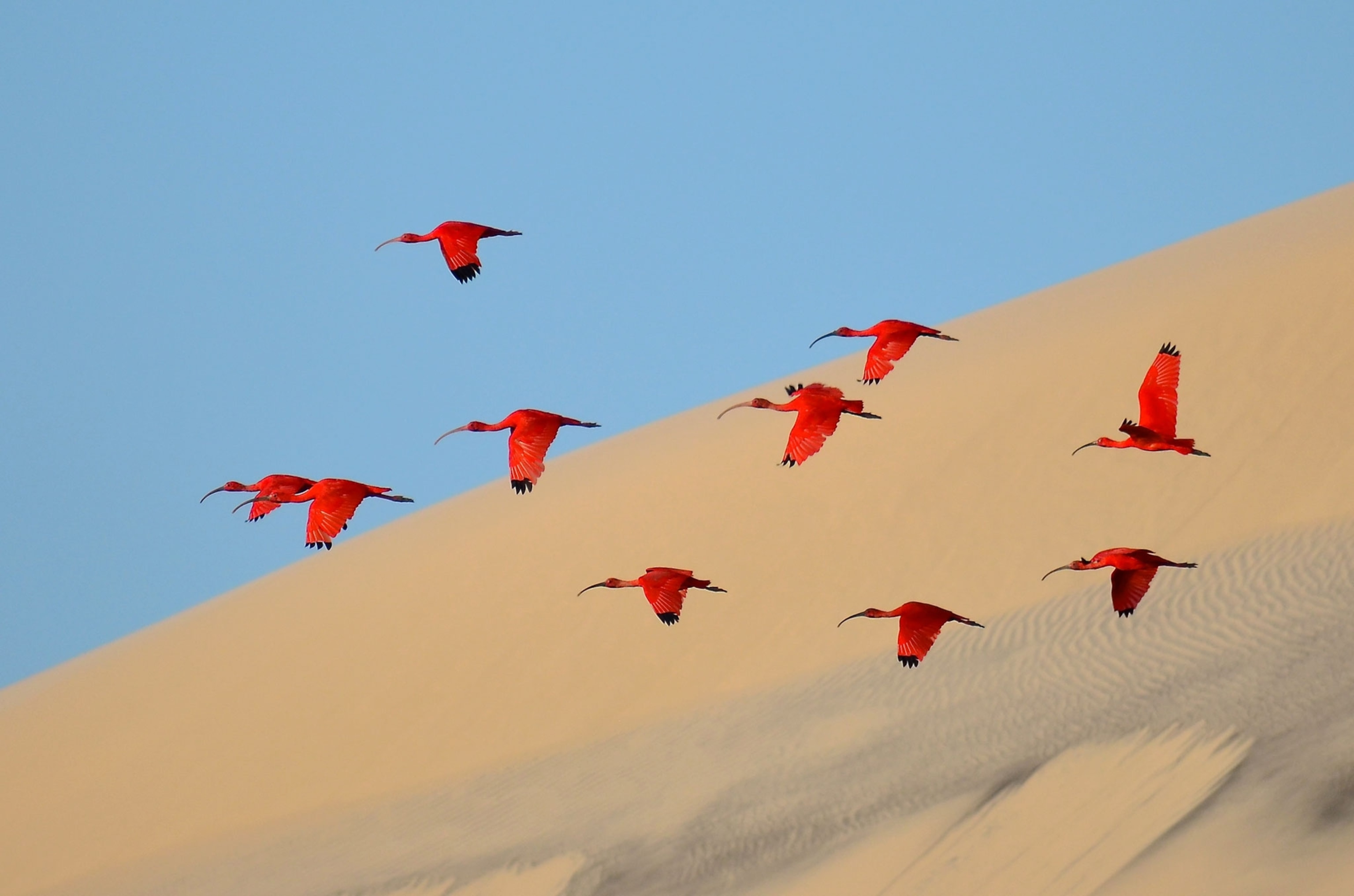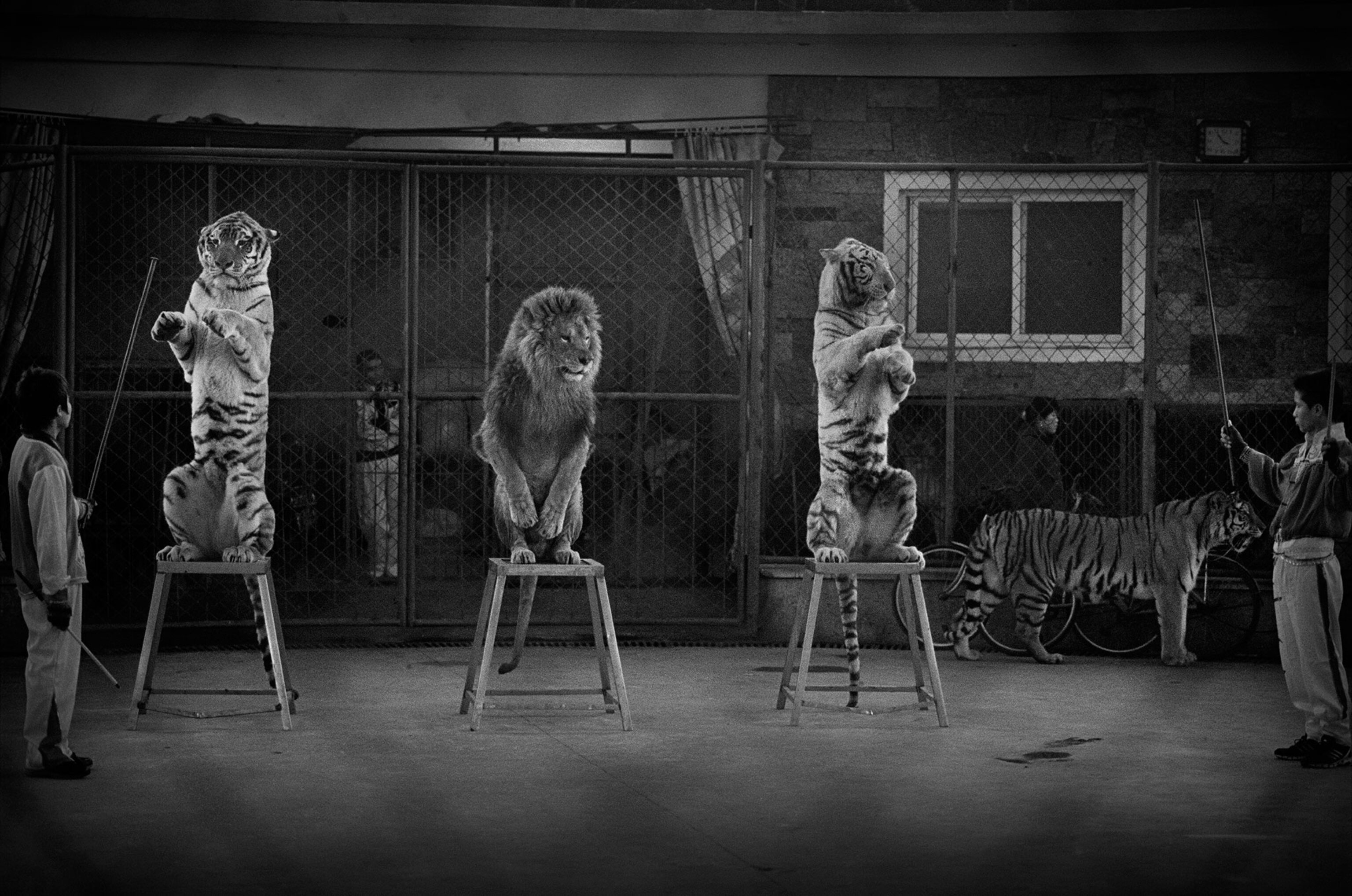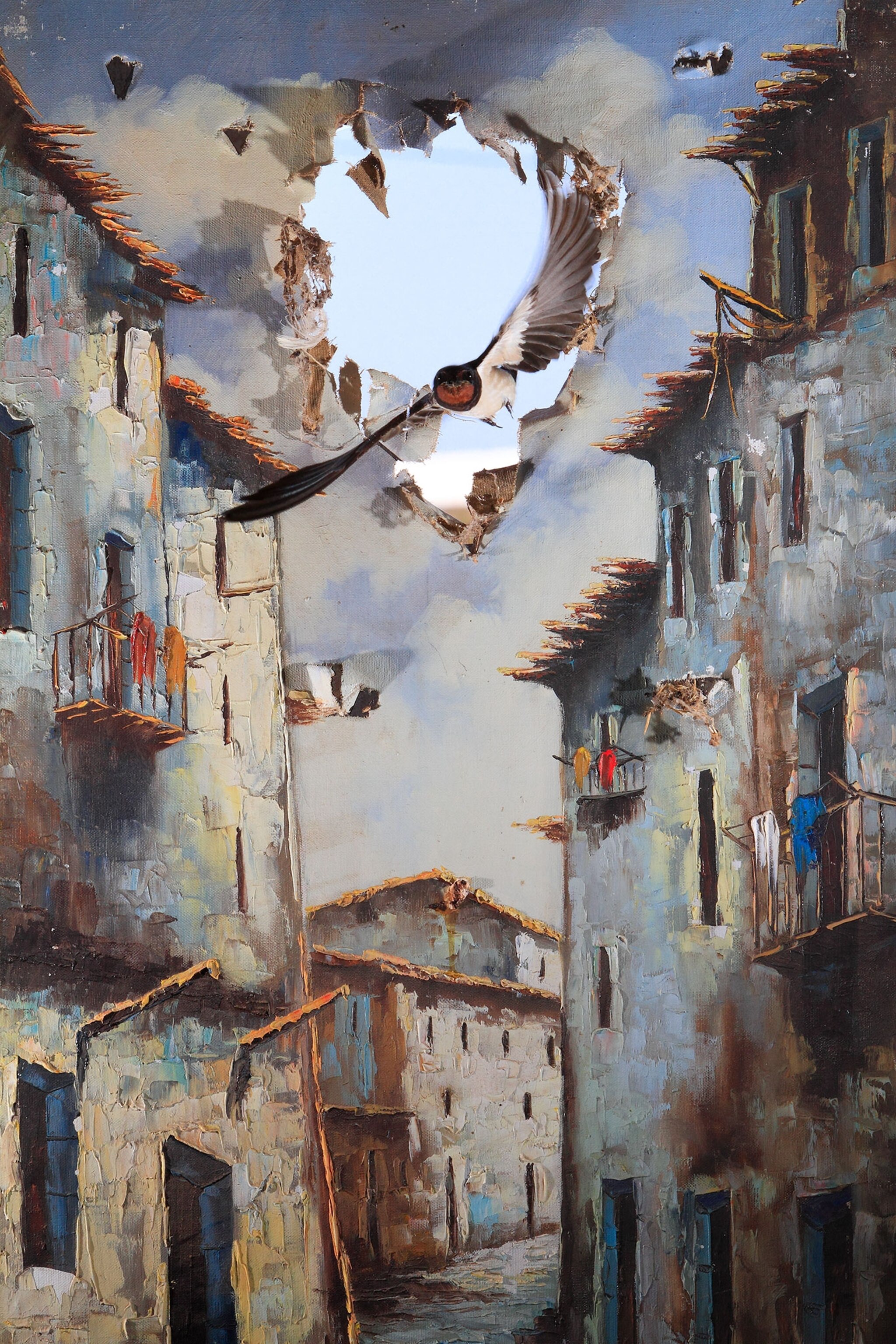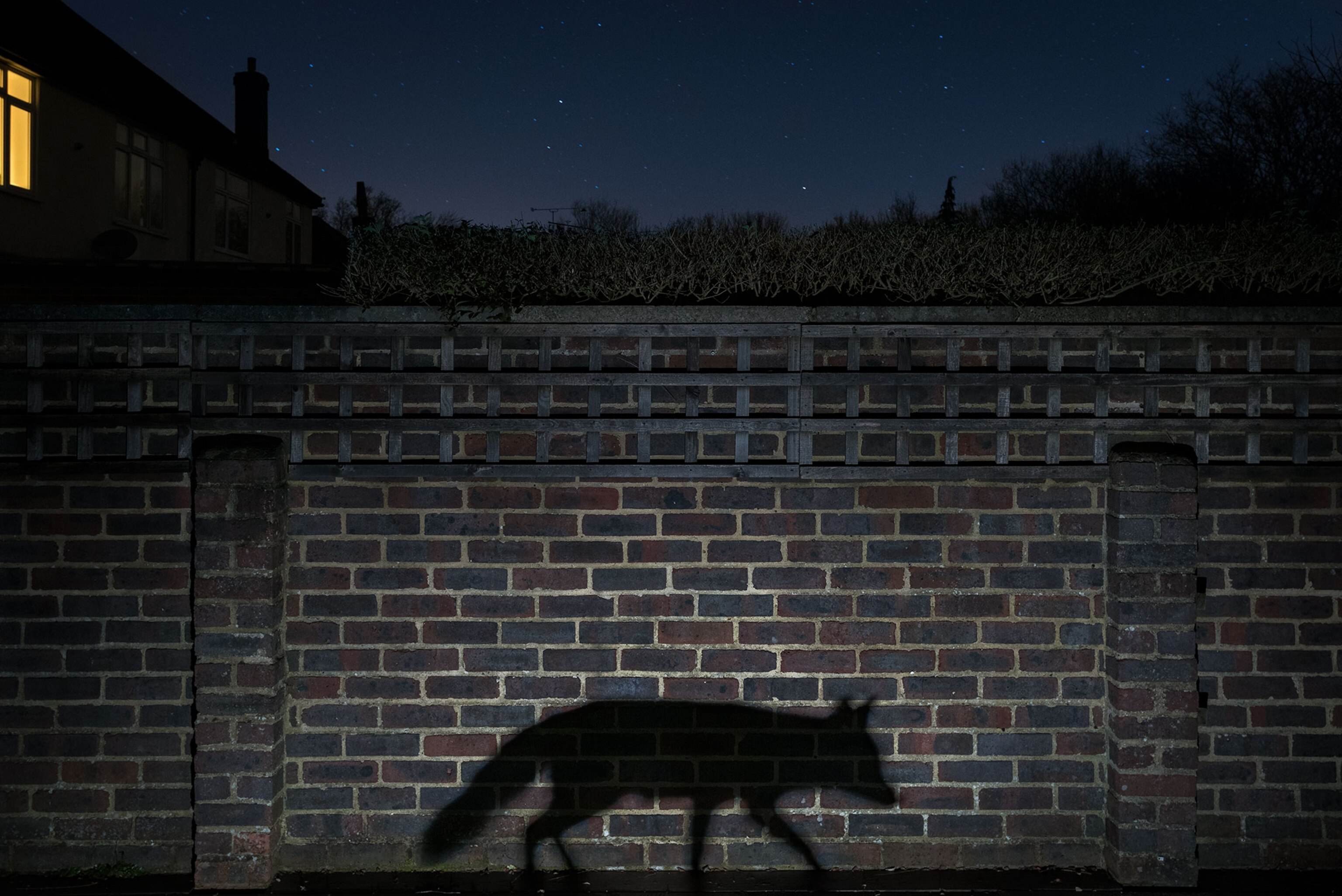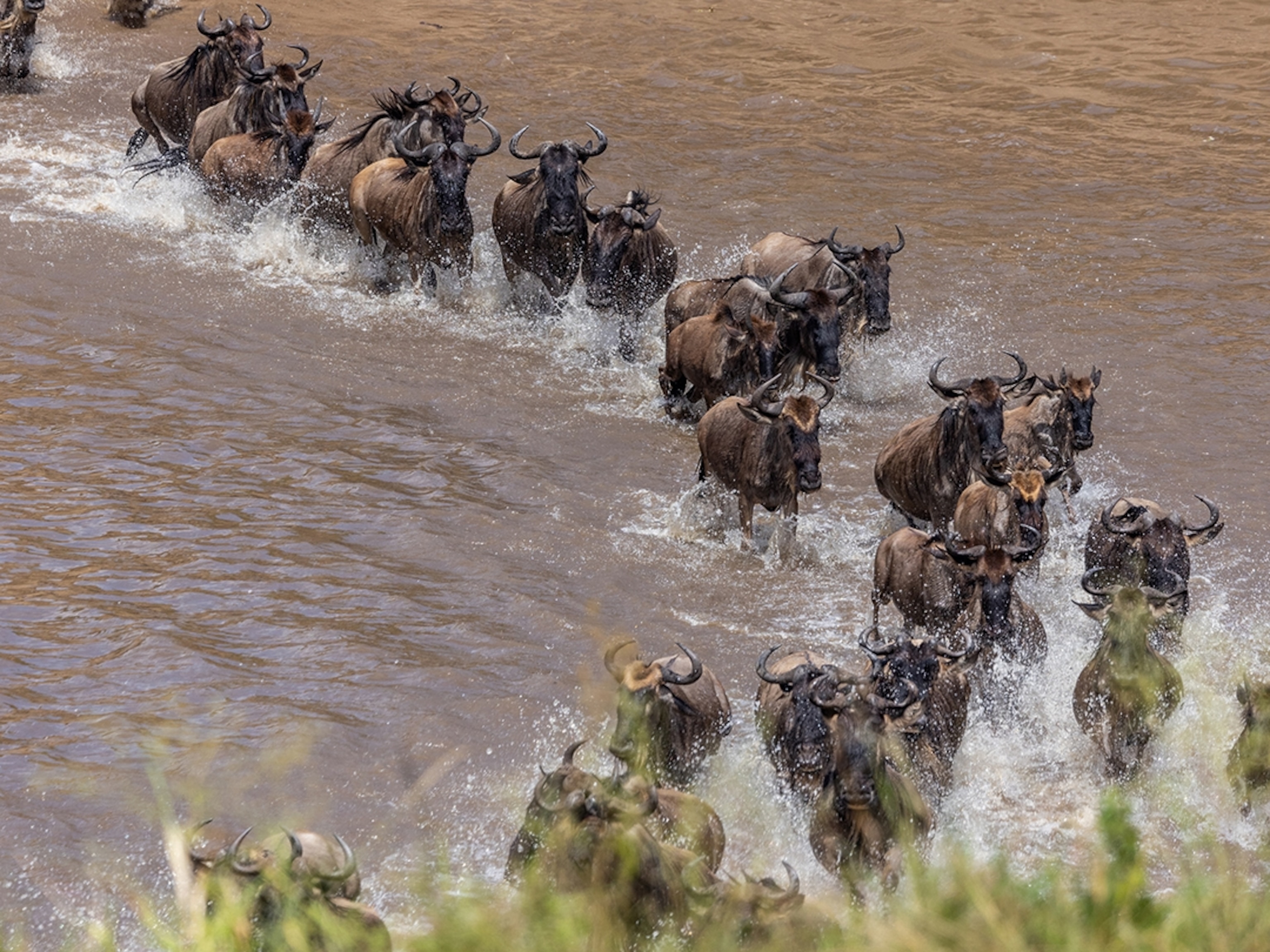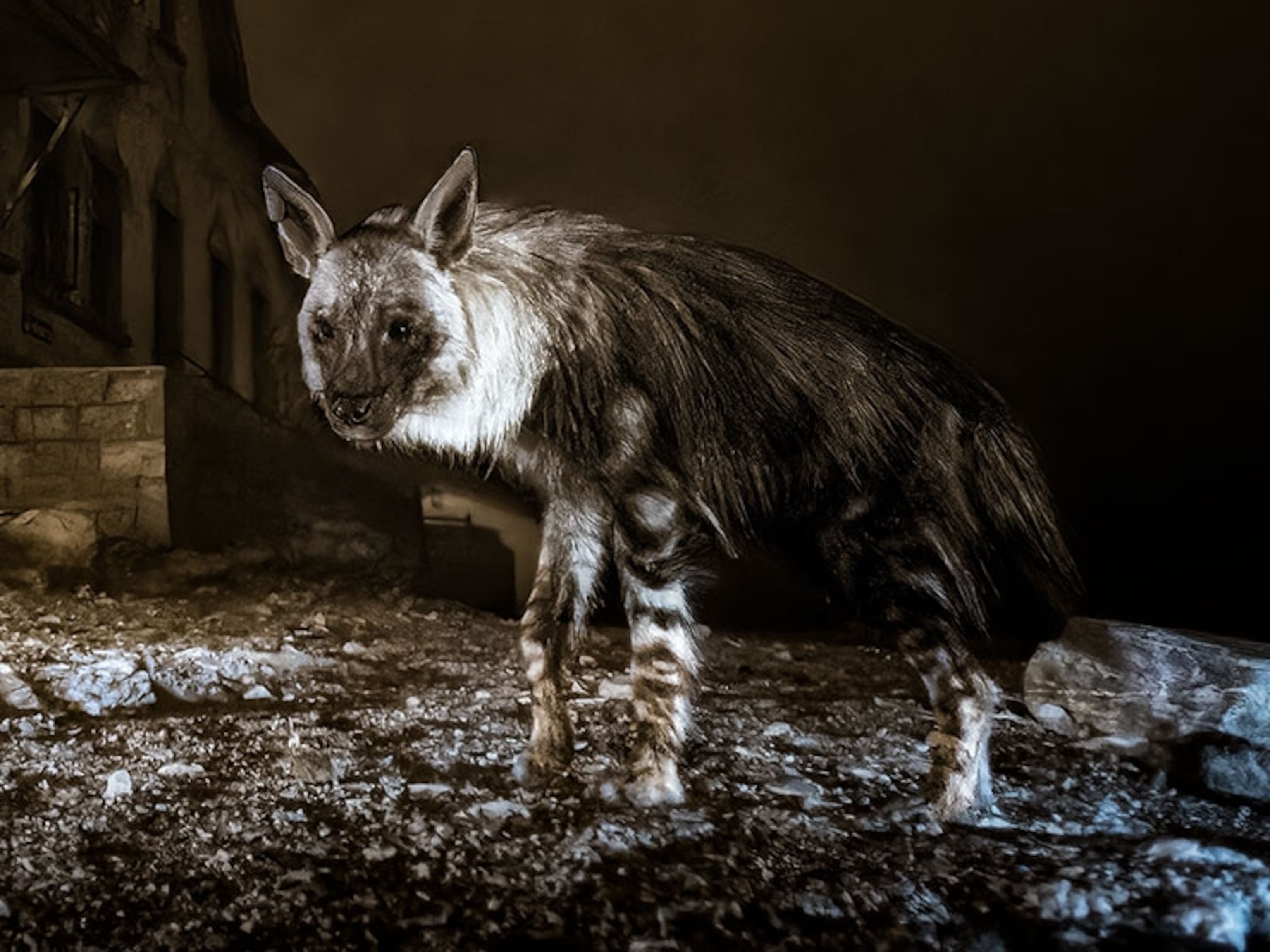See 11 of the Year's Best Wildlife Photographs
The winners and finalists in the Wildlife Photographer of the Year competition show stories of trust, survival, and romance in the wild.
A photograph of a red fox dragging off its eviscerated dinner—an Arctic fox—in the frozen Canadian landscape has taken the top prize in the 51st Wildlife Photographer of the Year competition.
This image of survival was one of the "strongest single storytelling photographs I have seen," said judge Kathy Moran, National Geographic magazine's senior editor for natural history projects. (See the winners from last year's competition.)
Moran noted that the image worked on several levels, capturing dramatic behavior while at the same time telling the story of changing climates. A warming subarctic has enabled the northward expansion of the red fox into Arctic fox territory, where the two species come into conflict.
The picture beat out over 42,000 entries across 18 categories to grab the grand title.
Winners and finalists included several National Geographic photographers: Namely Brent Stirton for his coverage of ivory poaching, Thomas Peschak for his work on sharks and jellies, Karine Aigner for documenting the longfin tuna industry, David Doubilet for his photograph of a hawksbill sea turtle, and Charlie Hamilton James for his inside look at African vultures.
Click through the following 11 winning photographs, which include salamanders looking for love, mountain goats at night, and a watery landscape from on high.
Follow Jane J. Lee on Twitter.

